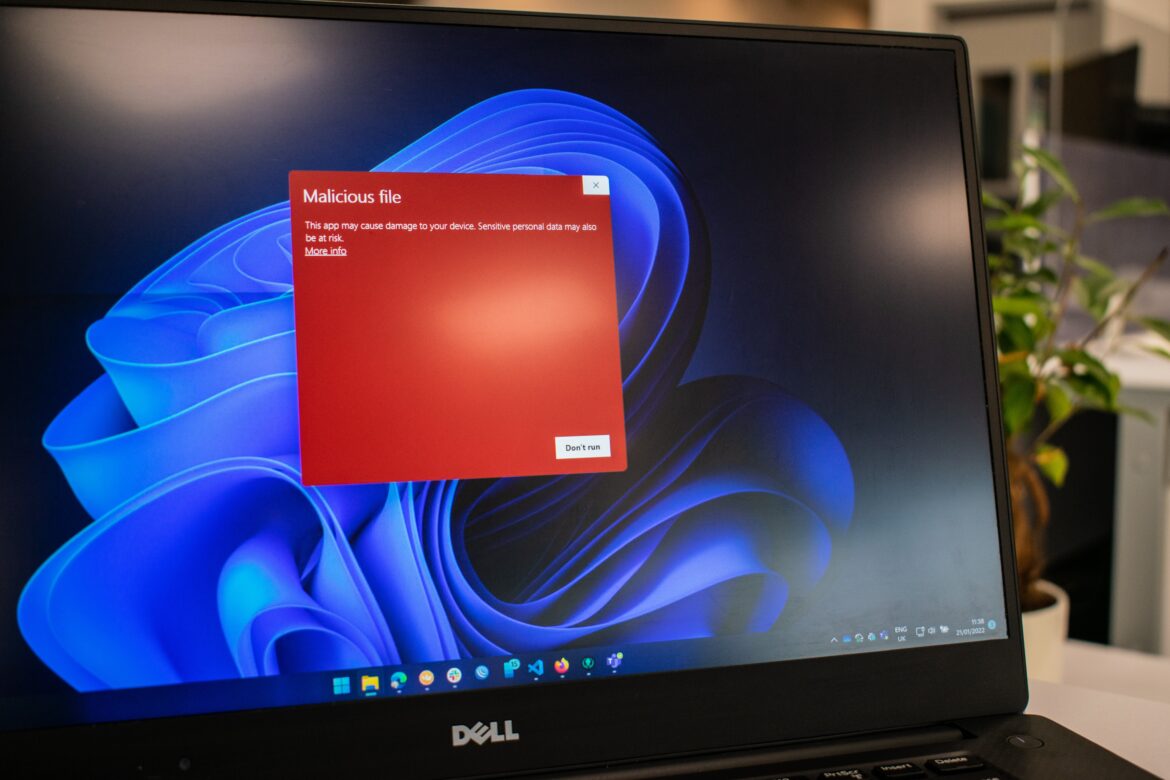Understanding the Types of Malware
Malware is a term used to describe any malicious software designed to harm your device, steal your private information or take control of your system without your knowledge or consent. There are several types of malware that cybercriminals use to exploit vulnerabilities in software and hardware systems. Some of the most common types of malware include:
- Virus: a malicious software that attaches itself to a legitimate program and spreads from one computer to another, infecting files and causing damage to the system.
- Worm: a self-replicating malware that spreads through networks and can cause damage to the system’s resources.
- Trojan: a malware that disguises itself as legitimate software and tricks users into downloading and installing it, giving cybercriminals access to their device and private information.
- Spyware: a malware that secretly monitors user activity and collects sensitive information without the user’s knowledge or consent.
- Ransomware: a malware that encrypts user files and demands payment to restore access to them.
The Importance of Malware Analysis in Cybersecurity
Malware analysis is a critical process used to understand, detect, and prevent malware attacks. It involves examining and analyzing suspicious software to determine its behavior, capabilities, and potential impact on the system. Malware analysis is an essential part of cybersecurity, as it enables security professionals to identify and neutralize malware before it can cause significant damage to the system or steal sensitive information.
Malware analysis helps security professionals to:
- Identify the type of malware and its source.
- Determine the malware’s capabilities and potential impact on the system.
- Develop effective strategies to prevent and mitigate malware attacks.
- Improve the overall security posture of the organization.
Steps Involved in Malware Analysis
The process of malware analysis involves several steps that security professionals follow to identify and analyze suspicious software. These steps include:
- Collection: Collecting the malware sample from the infected device or network.
- Static analysis: Analyzing the malware code without executing it, to identify its behavior, structure, and functionality.
- Dynamic analysis: Running the malware in a controlled environment to observe its behavior and identify any malicious activities.
- Behavioral analysis: Analyzing the malware’s behavior and interactions with the system to determine its intent and impact on the system.
- Reporting: Documenting the findings and sharing the analysis report with the relevant stakeholders.
Tools and Techniques Used in Malware Analysis
Malware analysis requires specialized tools and techniques to identify and analyze suspicious software. Some of the commonly used tools and techniques in malware analysis include:
- Debuggers: Tools used to examine the behavior of the malware code during execution.
- Sandboxing: A controlled environment used to execute malware and observe its behavior without affecting the system.
- Disassemblers: Tools used to convert machine code into assembly code for analysis.
- Memory analysis: Techniques used to analyze the memory of the system and identify any malicious activities.
How to Stay Protected Against Malware Attacks
To stay protected against malware attacks, it is essential to follow some best practices for cybersecurity. These include:
- Keep your software and operating system up-to-date with the latest security patches and updates.
- Use antivirus and anti-malware software to scan and detect any suspicious software.
- Avoid opening suspicious email attachments or links from unknown sources.
- Use strong and unique passwords for all your accounts.
- Use a Virtual Private Network (VPN) to encrypt your online activities and protect your privacy.

